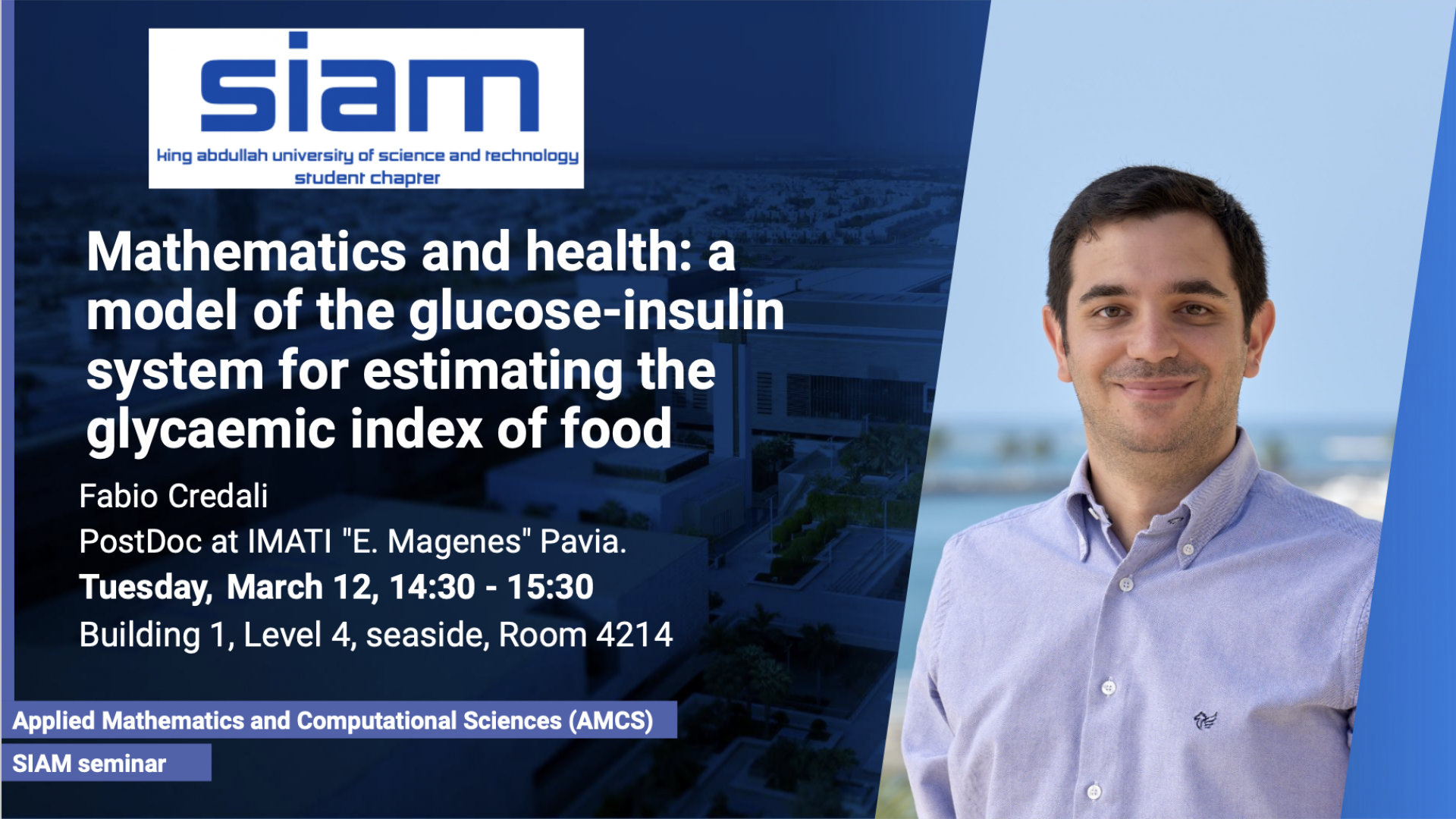Abstract
In 2019, diabetes caused 1.5 million global deaths, with 48% occurring before age 70. While Type 1 diabetes strongly depends on genetic components and is usually diagnosed in childhood, Type 2 diabetes is primarily caused by long term consumption of high calories foods. Lifestyle choices significantly influence the risk of Type 2 diabetes and obesity, including energy intake, diet composition, physical activity, and smoking.
The Glycaemic Index (GI) is a good marker in classifying carbohydrate quality. More precisely, GI describes the immediate effect of carbohydrates on plasma glucose level (postprandial glycaemia). To address the biological variability of GI (the prediction for the same subject may vary due to day-to-day variation of the glycaemic responses), ISO presented a standard procedure for computing the GI. However, this can be inefficient since it requires in vivo testing on at least ten volunteers, who must adhere to specific protocols before and during the testing period.
Our aim is to develop an effective mathematical model of the glucose-insulin system so that GI of food can be estimated avoiding in vivo tests. In this talk, after describing the glucose kinetics, we recall and compare existing mathematical models in this field. We then discuss our current research and future advancements.
Brief Biography
Fabio Credali is PostDoctoral Researcher at IMATI "E. Magenes", Pavia (Italy), working with Silvia Bertoluzza.
He obtained the PhD in "Applied Mathematics and Computational Sciences" at KAUST and the Joint PhD in "Computational Mathematics and Decision Sciences" at University of Pavia and Universita` della Svizzera Italiana (Switzerland) under the supervision of Daniele Boffi and Silvia Bertoluzza.
Credali's research is mainly focused on numerical approximation of PDEs by means of finite and virtual element methods.
